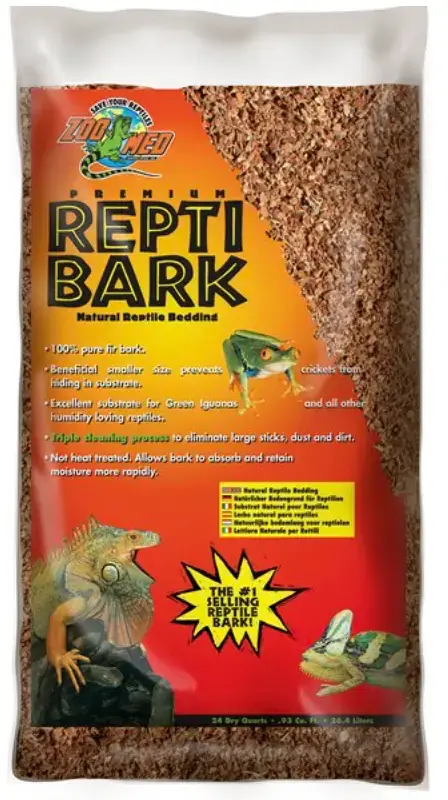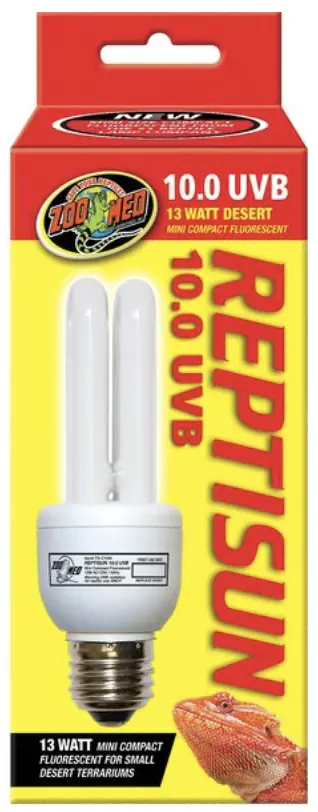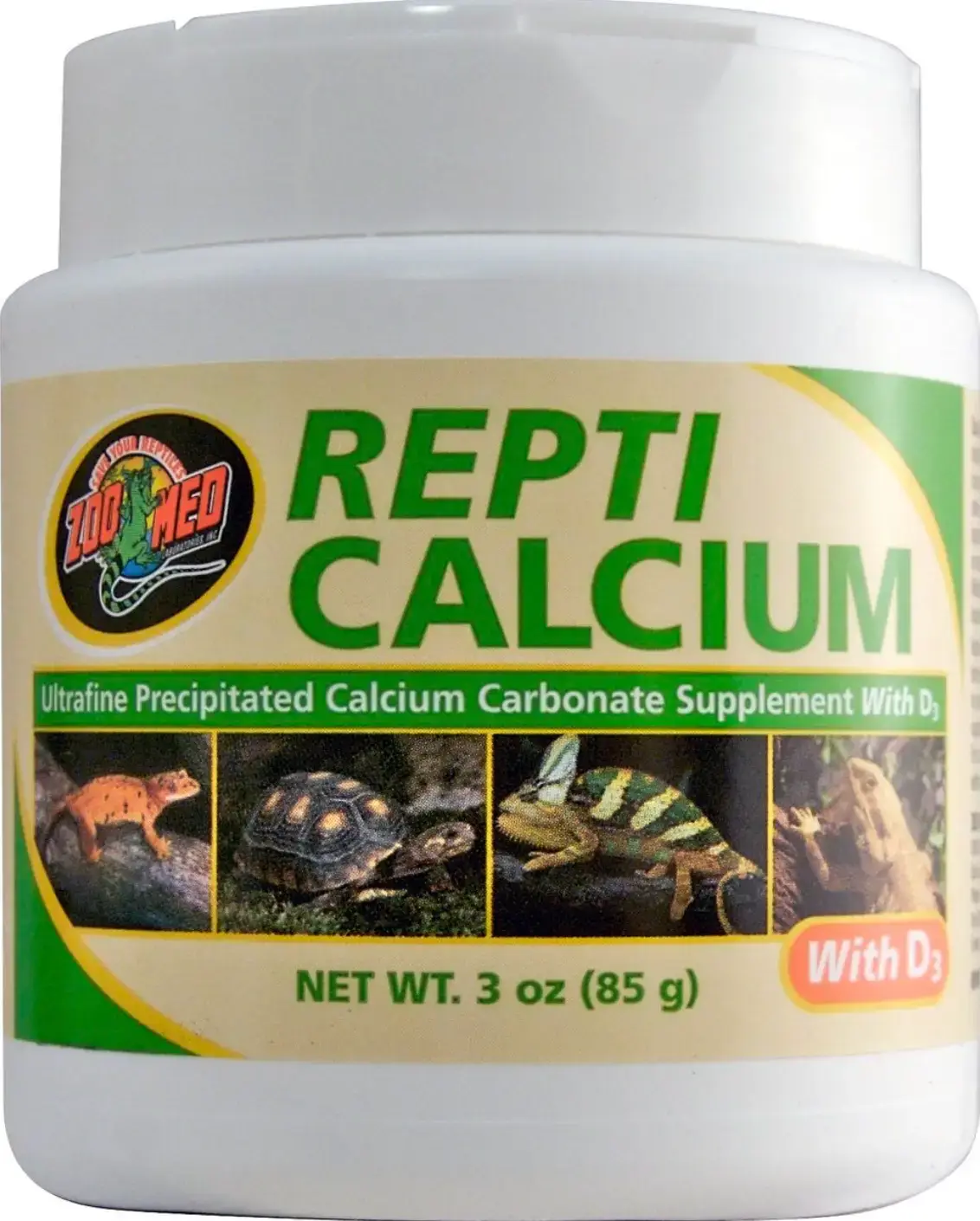This post contains affiliate links and I will be compensated if you make a purchase after clicking on my links.
Red-foot tortoises make great pets that don’t require much maintenance.
However, due to their availability and because most are imported from South America, you may be wondering what the cost of it will be along with any other additional costs.
Lets’ find out.
You can expect to pay between $150 to $600 for red-foot tortoise hatchlings and yearlings. An adult male will cost about $800 and up, while a female adult can cost up to $2,000. Accessories such as enclosures, food, dishes, substrate, and humidifiers may total $600, not including ongoing costs.
The list below is a complete guide to everything you will need to buy before bringing home your pet!
| Product / Service | Initial Cost | Yearly Cost |
|---|---|---|
| Red-Footed Tortoise Price | $150 – $600 | |
| Enclosure | $120 – $150 | |
| Lighting & Heating | $20 | |
| Dehumidifier | $50 | |
| Hide / Shelter | $5 – $10 | |
| Water Dish | $5 – $10 | |
| Food & Diet | $250 | $250 |
| Substrate | $20 – $40 | $20 – $40 |
| Electricity | $180 | |
| Vet Fees | $55 – $75 | |
| Total | $620 – $1130 | $505 – $545 |
How Much Does a Red-Footed Tortoise Cost?
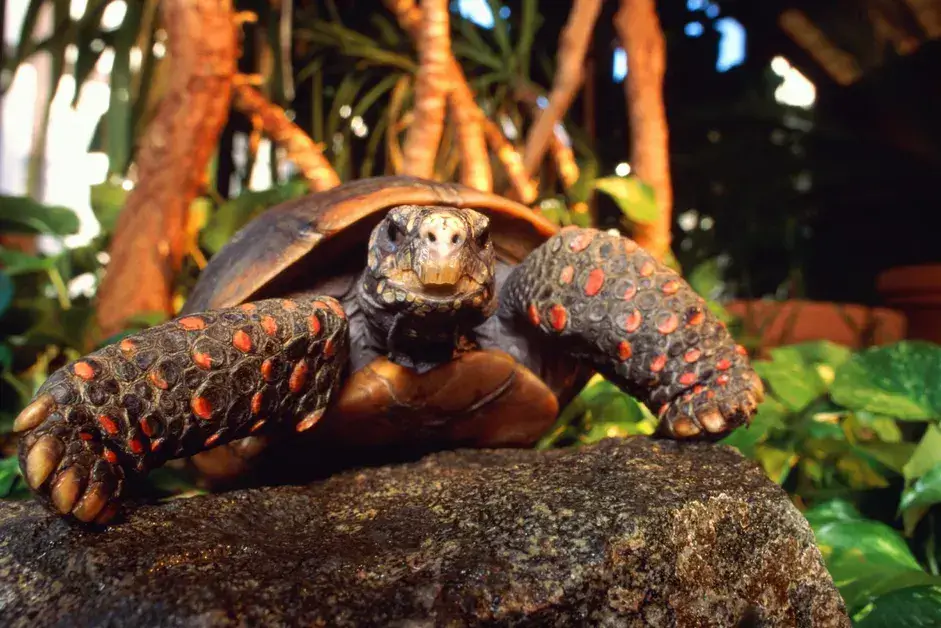
On average red-footed tortoise will cost between $150 and $600.
Consider that if you want to purchase an older (adult) red-footed tortoise, then the price will increase dramatically, and you can expect to pay between $800 and $1500, depending.
Factor in that if you do not have adequate accessories such as an enclosure, food, heating and lighting, humidifier, etc., these will also have to be bought.
These accessories will be part of your initial setup in order to sufficiently house and sustain your red-footed tortoise costing between $400 and $600.
Therefore, the initial cost of a red-footed tortoise will range from $550 to over $2,000, depending on what type of red-footed tortoise you are considering and what accessories you need.
Factors That Impact the Cost of a Red-Foot Tortoise
We touched lightly on some factors that contribute to a red-footed tortoise’s price and initial setup cost, but there are more factors to consider.
These factors will all heavily influence the price of the tortoise, and depending on how much money you are willing to spend and what elements you are not necessarily worried about, then considering these aspects could save you a lot of money.
Age
The age of a red-footed tortoise will be the factor that most dramatically influences the price.
Adult red-footed tortoises can sometimes be more than 4 times the cost of a hatchling, while a yearling (a tortoise between 1 and 2 years old) will be between these prices.
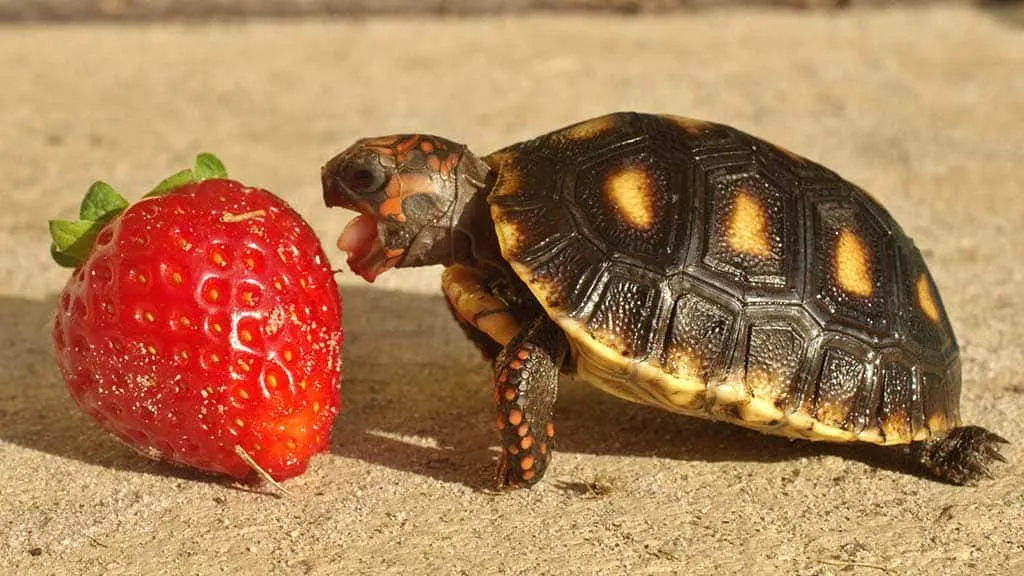
On average, you can expect to pay as little as $150 for a hatchling if you are able to source them from a reliable seller.
Yearlings will range around the $600 and $900 mark, while fully-reared adults will typically be over $1,000 unless you can find them on sale.
Adult red-footed tortoises are much more expensive due to the time, money, and effort spent rearing them into an adult from a hatchling.
These factors are considered and then reflected in their sale price.
Gender
Female tortoises of any kind will typically be more expensive than males.
This is because breeders typically seek out females for breeding purposes. Moreover, this impacts the availability of females as a consequence.
For an adult female red-footed tortoise, you can expect to pay up to $2,000 unless you can find them on sale.
However, depending on the seller, if you opt to purchase a hatchling, you will only need to pay an additional fee of up to 10% more (in some cases less) for the sex to be determined.
Appearance and Shell Health
If you are purchasing a red-footed tortoise from a reputable seller, then in most instances, you can be assured that the appearance and shell health will be satisfactory.
As such, the price will usually not be affected in any way.
The appearance and shell health will be a concern if you opt to purchase one from the secondary market and if you do so, then be sure to get acceptable high-quality pictures and video.
In most cases, tortoises with damaged shells will depreciate in value, but in some instances, you may not know if the shell is healthy.
A tortoise’s shell should not be soft to the touch or cracked in any way. These are indicators of poor shell health. Instead, they should be firm yet smooth.
Captive Bred vs. Wild Caught
Most red-footed tortoises are imported from the wild from northern South America, mainly from Suriname and Guyana.
In addition to wild red-footed tortoises, they are farm-bred in South America and shipped to the United States when they are 4 inches in size.
This means that, for the most part, these tortoises will primarily be priced the same.
If a reputable seller or breeder breeds them in the States, then you may be able to purchase them for a cheaper price ($150 for a hatchling, as stated).
Supplier
Depending on the supplier (seller or breeder), you can expect to pay more or less for a red-footed tortoise.
Suppliers who will breed red-footed tortoises don’t have to markup the sale price to compensate for import fees.
However, it should be noted that reputable sellers, whether importers or breeders, will sometimes charge more because of factors such as quality assurance.
Additionally, larger stores (franchises) may sometimes charge more due to the inclusion of factoring store overheads.
For example, RedfootRanch, a small independent store, sells hatchlings for $150 on average, while TortoiseTown (a more established seller) has them priced at $300 on average.
Long-Term Ownership Costs
Although owning a tortoise is a relatively easy pet to maintain, they are not “set and forget” by any means.
Some factors and costs will be once-off purchases, and some will be long-term and constant.
These all have to be taken into account to maintain your red-foot tortoise’s health and well-being.
Housing for Red-Footed Tortoise
If you plan to establish an enclosure in your garden, its height should be around 16 inches.
Take into consideration that the enclosure should also extend a few inches into the ground.
This will help prevent your tortoise from digging and escaping.
If you plan to house your red-foot tortoise indoors, then the terrarium (enclosure) should be roughly 4 feet by 8 feet, if not larger.
This equates to roughly a 306-gallon container if you use 16 inches (1.3 feet) as the height.
The enclosure price will be roughly $120 to $150, depending on the size, seller, and availability. Luckily enough, this will be a once-off purchase.
- It is suitable for outdoors and indoors
- Easy to assemble
- It has a frame for lighting
Food and Diet
A red-foot tortoise is primarily a herbivorous animal feeding on fruits, flowers, and vegetation, but it has also been known to feed on insects and carrion (dead and decaying flesh).
Take note that you do get commercial tortoise food that is perfectly acceptable for your red-foot tortoise to eat and will cost you approximately $30, depending on the size and brand.
Additionally, this will be an ongoing cost; you can expect to spend about $250 a year.
However, it is a good idea to supplement your red-foot tortoise with some of these additional foods when possible;
Substrate
If you plan to house your tortoise indoors, you must line the bottom of the enclosure with a substrate.
The substrate is a type of bedding that will hold its shape and aid your tortoise in keeping hydrated by providing moisture.
You get different types of substrate that are available for purchase, including ones that contain coconut husk, straw pellets, and sphagnum moss.
All these will provide good structural integrity and retain moisture.
You can buy substrate for about $20 to $40, depending on the brand and amount.
- Made from natural fir bark
- Suitable for burrowing
- Can be washed and reused
The yearly cost will vary depending on the size of your enclosure.
Expert Tip: The substrate should be changed every couple of months
Lighting and Heating
Consideration will have to be taken into account for specific lighting and heating requirements that your red-foot tortoise will need in order for it to remain healthy.
Take note that if your red-foot tortoise is living outdoors, then heating is not necessary because it will be provided by the sun.
Your red-foot tortoise should have a basking spot in the daytime at around 90 to 95 degrees Fahrenheit with an ambient temperature between 75 and 80 degrees Fahrenheit.
At night, It is suitable for the lights to be turned off with temperatures reaching 70 degrees Fahrenheit.
You can find heating lamps for approximately $20, but you will need to consider their wattage and take into account that you may need additional lamps to reach the required temperature or to increase the size of the basking area.
- Can be placed either vertically or horizontally
- 30% UVA
- 10% UVB
The Power Costs (Electricity)
Although the heating lamps will be a once-off purchase, you will need to understand that the electricity usage (bill) will factor in, and this fee will be constant (for as long as you have your tortoise).
On average, and depending on how many heating lamps you have, you can expect to pay about $15 a month for electricity.
Hence, you can expect to pay approximately $180 yearly.
Hides, Dehumidifiers & Accessories
Accessories (food and water dishes, etc.) are another long-term once-off investment you must account for.
Luckily enough, small accessories will not be heavy on the wallet, only costing a couple of dollars here and there.
However, a red-footed tortoise has high humidity requirements, which are between 70 and 80% humidity.
It will help if you remember that a red-foot tortoise’s natural habitat is that of South America, where humidity is high.
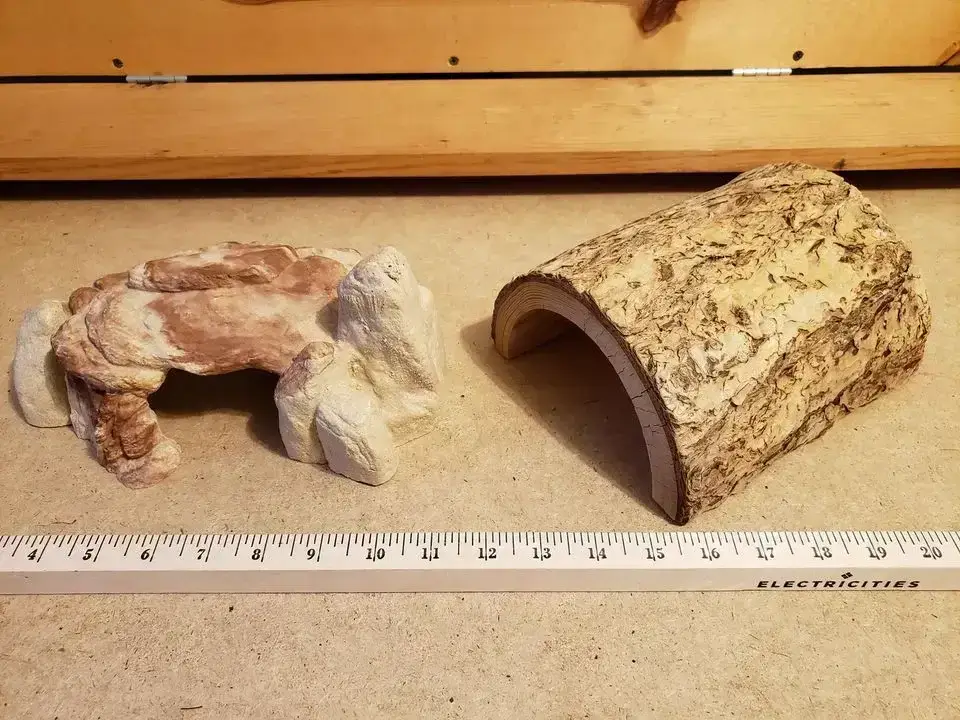
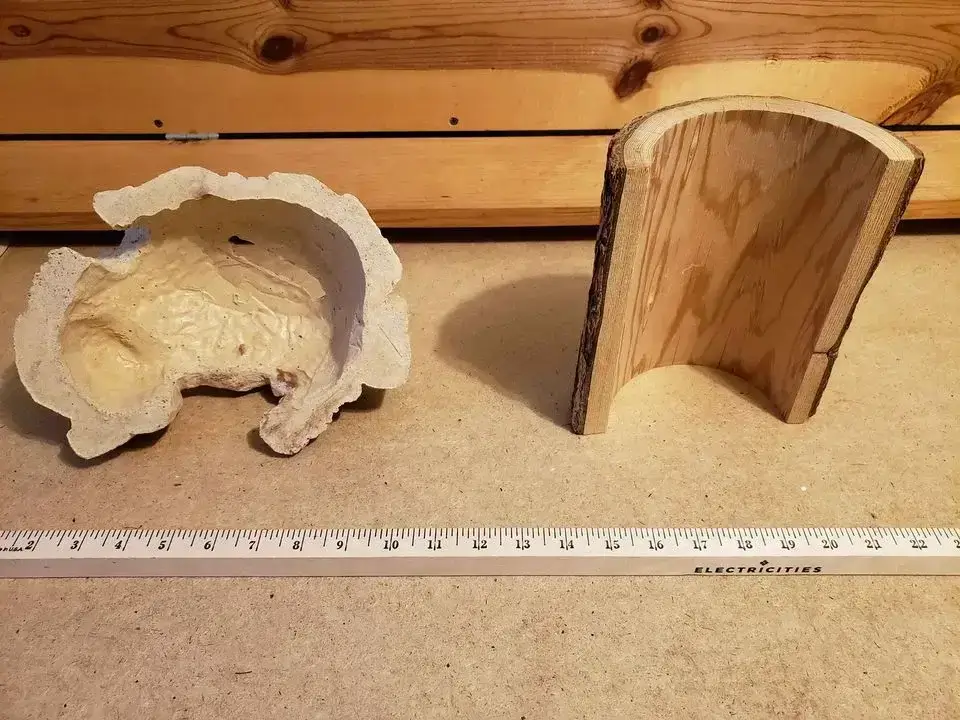
As such, if you live in a state that is quite dry, you will need to purchase a humidifier.
Although this is a once-off purchase, you can expect to pay approximately $50, depending on the size (liters) and brand.
Supplementation
As with many other tortoises, your red-foot tortoise will need to be additionally supplemented with calcium.
Calcium powder purchased online or from any local pet store should suffice but make sure that it does not contain phosphorous.
Additionally, it should be noted that too much calcium can cause health issues such as the calcification of certain body parts.
- Free of impurities such as Oyster Shell Calcium
- Great value for the amount of calcium you're receiving
- Free of impurities such as Oyster Shell Calcium
Calcium should be sprinkled onto your tortoise’s food twice a week as a yearling (between 1 and 2 years old).
For your red-foot tortoise that is over 2 years old, a pinch of calcium should be given at each feeding.
This is an ongoing cost, but a large tub of calcium powder that will last a few months will only cost about $10.
Fresh Water
To stay hydrated, all tortoises require fresh water and soaking (twice a week). This is to maintain overall health and well-being and to keep them strong.
It will help if you remember that your red-foot tortoise will also utilize its substrate to keep itself hydrated, but fresh water (from the tap is fine) in a shallow dish and a soaking regimen are also necessary.
Vet Fees
Vet fees are the last cost that will be ongoing.
Consider that you must take your red-foot tortoise to the vet for regular check-ups and when they are ill. Although this may not be done often (a handful of times a year), it is still necessary.
A visit to a standard vet will typically cost about $35 to $55. However, seeing as your red-foot tortoise is an exotic animal, you should take it to a specialist.
A vet specialist catering to exotic species usually costs around $75 for a normal check-up.
However, if your tortoise requires serious medical care, the fee could be as much as $400.
Where To Buy a Red-Footed Tortoise
An online store is one of the best places (if not the best) where you can purchase a red-foot tortoise no matter where you are situated.
Online reputable sellers that only deal with tortoises are abundant, and you will have the option to pick and choose any characteristics for your tortoise.
This means you can choose the gender and the age, with many of them offering hatchlings, yearlings, and fully-reared adults.
Take note that depending on the seller choosing the gender may result in an additional fee.
If you are worried about shipping, there is no need to be because although this could be stressful on your red-foot tortoise, many sellers offer a health guarantee.
Additionally, you are able to add extra accessories when checking out of these stores, such as food, sometimes food bowls, and substrate.
This can make the initial setup of your red-foot tortoise just a little easier.
If you are unsure which store to purchase from online, then it would be best to check out some reviews.
Many of these reputable stores will have many good reviews from customers who have made previous purchases.
Always search for a store that has many positive reviews.
Some of the best reputable online sellers of red-foot tortoises are;
If you prefer to purchase your red-foot tortoise in person, brick-and-mortar stores such as PetCo are available. However, we would suggest calling first to check the availability of stock.
F.A.Q
How Much Does a Red-Footed Tortoise Cost at Petco
If you plan to purchase your red-foot tortoise from PetCo, then you will need to visit their site and input the zip code of where you live to check for a local store in your area that has some in stock.
However, in some cases, you may be able to find them for approximately $200 or cheaper if on sale.


